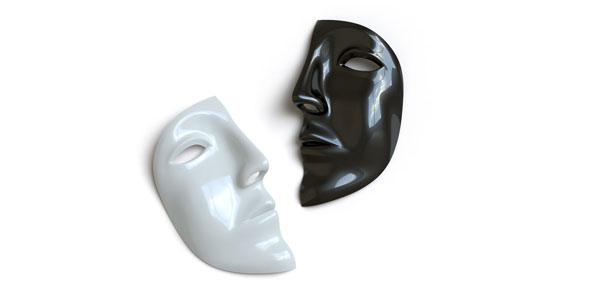Related Flashcards
Related Topics
Cards In This Set
| Front | Back |
|
Doublet
|
Waist to hip length garments worn with hose by men. (Italian Renaissance)
|
|
Codpiece
|
Became a very obvious feature of men’s clothing by 1500. The codpiece was usually padded and had been a practical solution to making the hose fit properly and enable men to relieve themselves with ease. (Italian Renaissance)
|
|
Male Camicia
|
Garments made of linen worn next to the skin by men. Lengths ranged from waist and hip to above the knee. (Italian Renaissance)
|
|
Female Camicia
|
Made of linen, long raglan style sleeves, usually floor length.
Edges were added at the last part of the century. (Italian Renaissance) |
|
Dress
|
A fitted garment consisting of a bodice section joined to a full gathered or pleated skirt. Closed by lacing up the front and sometimes at the side, these garments were sleeved and usually had rounded high necklines. (Italian Renaissance)
|
|
Drawers
|
English term used for men’s undergarments that evolved from the earlier braise. (Italian Renaissance)
|
|
Chopines
|
A very high plat formed-soled shoe worn through out Italy and
Northern Europe. Chopines were worn exceptionally high in Venice. (Italian Renaissance) |
|
Stomacher
|
A filler of contrasting color inserted under the V at the front of the doublet worn by men.(Northern Renaissance)
|
|
Upper stocks and Nether stocks
|
Hose that were divided into two sections and
sewn together. Upper stocks had the Codpiece sewn into the top and was sometimes padded to emphasis. (Northern Renaissance) |
|
Breeches/Trunk hose
|
Pant-like leg coverings which evolved from Upper stocks . (Northern Renaissance)
|
|
Ruff
|
A very wide, often lace, stiffly starched collar. (Northern Renaissance)
|
|
Peascod belly.
|
Padding added to the doublet to emphasize the chest of the
peacock (Northern Renaissance) |
|
Jacket/Jerkin
|
Worn over the doublet, usually had short puffed sleeves at the
arm and sometimes had no sleeves. (Northern Renaissance) |
|
Canions
|
Made of same or contrasting colors, they were extensions from the end of the trunk hose to the knee or slightly below and were fastened to separate stocking at the bottom. (Northern Renaissance)
|
|
Stays
|
An English term for the forerunner of the corset. A linen undergarment worn by women made of two layers of fabric stiffened with glue and tied together with laces or tapes. (Northern Renaissance)
|





